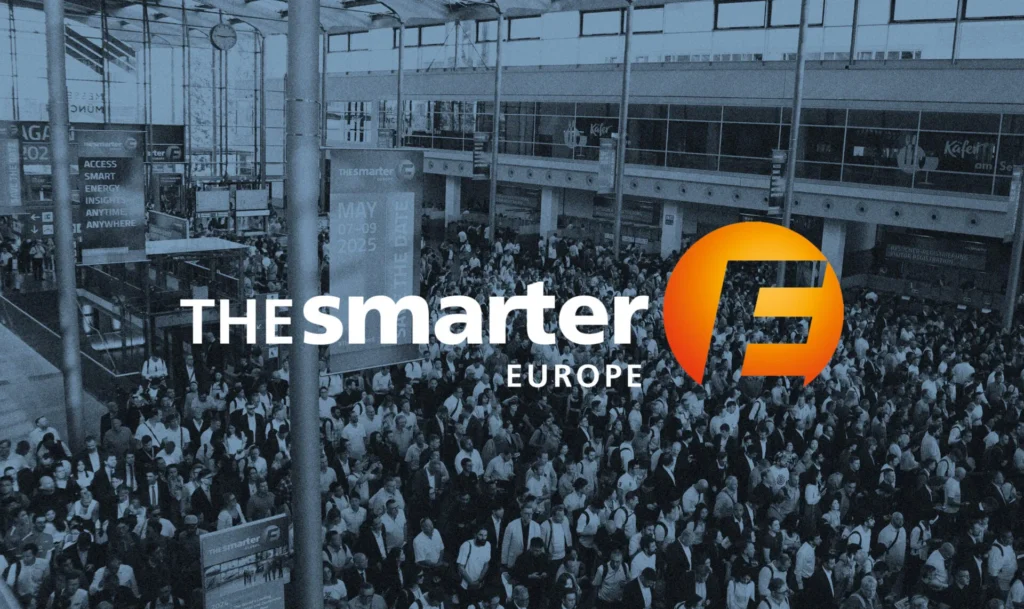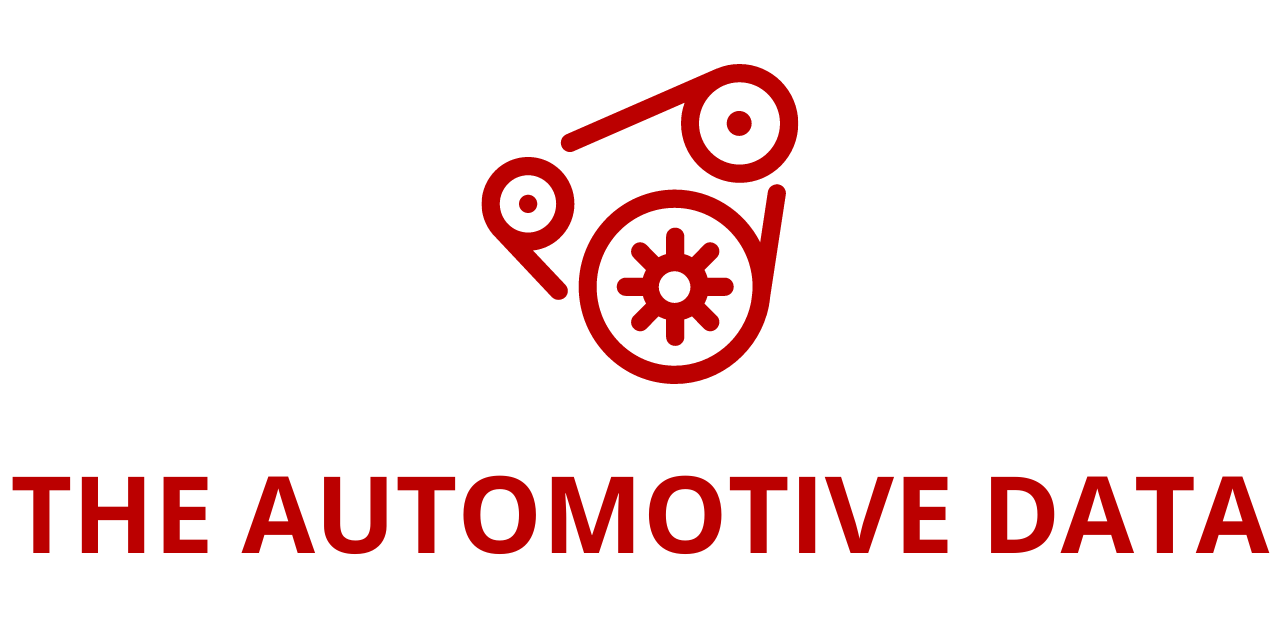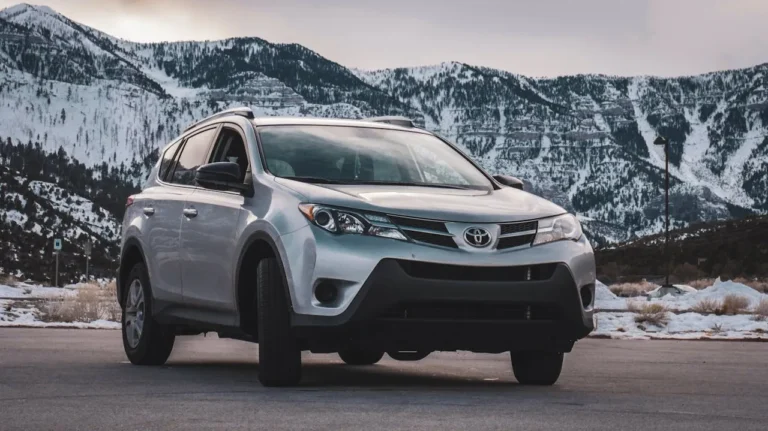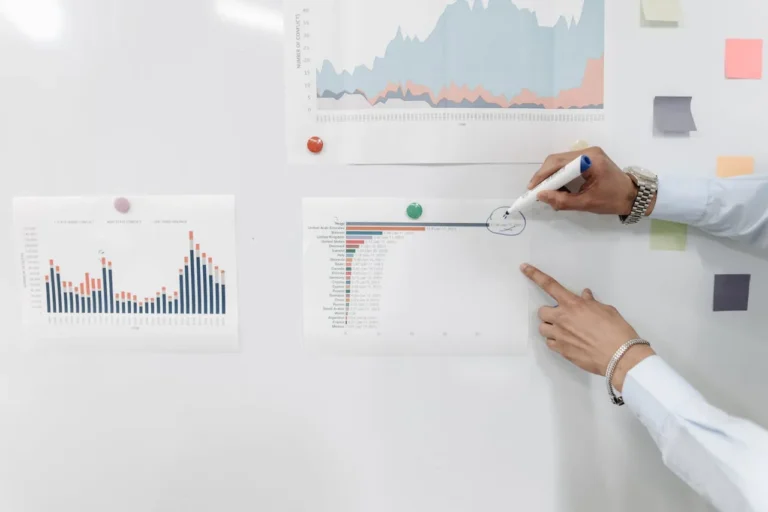
The smarter E Europe 2025: A Global Showcase of Innovation, Insight, and Integration for the Energy System of Tomorrow
Exactly one week has passed since The smarter E Europe 2025 concluded in Munich, leaving behind a wave of optimism, groundbreaking insights, and renewed momentum for the global energy transition. As Europe’s largest alliance of exhibitions dedicated to the energy industry, this year’s edition once again transformed the Bavarian capital into a hub of innovation and collaboration, drawing record-breaking participation and underscoring the urgency and potential of a sustainable energy future.
Held over three dynamic days, The smarter E Europe brought together an impressive 2,737 exhibitors from 57 countries. These companies spanned the full spectrum of the energy sector—solar, storage, mobility, grids, and digitalization—demonstrating the latest technologies, innovative business models, and scalable solutions designed to enable an intelligent, interconnected, and fully renewable energy system. The event attracted approximately 107,000 professionals representing 157 nations, providing a truly global platform for dialogue, knowledge exchange, and business development.
This unparalleled attendance reflects the increasing international demand for collaboration in driving the energy transition. Industry leaders, policymakers, startups, investors, researchers, and service providers gathered to explore solutions, forge strategic partnerships, and accelerate the rollout of clean energy technologies. Beyond the exhibition halls, The smarter E Europe also featured high-impact conferences and side events, drawing over 2,600 participants eager to engage in in-depth discussions on pressing topics such as regulatory frameworks, digitalization, and cross-sector integration.
The event’s core message—”We are the energy system”—resonated throughout its four flagship exhibitions: Intersolar Europe, ees Europe, Power2Drive Europe, and EM-Power Europe. Together, these platforms emphasized the importance of viewing the energy landscape holistically, where generation, storage, distribution, mobility, and consumption must be seamlessly integrated to meet the world’s growing energy demands in a sustainable way.
New Research Studies Offer Strategic Guidance Amid Industry Transformation
One of the most influential components of this year’s event was the unveiling of several forward-looking studies and whitepapers. These publications delivered evidence-based insights, practical guidance, and policy recommendations—providing stakeholders across the value chain with the tools needed to navigate a rapidly evolving energy landscape.
Solar Energy at the Helm: Global Market Outlook 2025–2029
A major highlight was the presentation of SolarPower Europe’s latest report, “Global Market Outlook for Solar Power 2025–2029.” Released on-site in Munich, the comprehensive study offers a detailed analysis of global solar PV market developments and forecasts for the years ahead.
According to the report, around 600 GW of new solar PV capacity is expected to be installed in 2024 alone—underscoring solar’s undisputed role as the leading technology in the global transition to clean energy. The outlook presents three different growth scenarios and evaluates key trends in major markets across Europe, Asia, North America, and beyond. Importantly, it delves into factors that influence market growth, such as policy environments, grid infrastructure readiness, and investment flows.
The study also provides actionable recommendations for stakeholders, including governments, investors, and developers, to unlock untapped solar potential. These include streamlining permitting processes, modernizing grid infrastructure, and supporting manufacturing capacity to reduce dependence on imports.
Battery Storage Gains Momentum: European Outlook Through 2029
Energy storage was another central theme at the event, with the introduction of the “European Market Outlook for Battery Storage 2025–2029.” This study, presented by SolarPower Europe’s Storage Division, highlights the rapid growth and strategic importance of stationary battery storage across residential, commercial, and utility-scale applications.
The report outlines how storage systems are evolving into a key enabler of Europe’s clean energy ambitions by enhancing grid flexibility, supporting higher shares of renewable generation, and improving energy security. Between 2024 and 2029, battery deployment across Europe is expected to accelerate significantly, driven by falling technology costs, improved policy support, and increasing demand for resilience.
Particularly notable are the study’s policy recommendations, which emphasize the need for harmonized regulation, clear market signals for flexibility services, and support for the development of hybrid systems combining solar, storage, and electric mobility. It also calls for the prioritization of storage in national energy and climate plans.
Enabling Sector Coupling: The Promise of Bidirectional Charging
One of the most discussed innovations at The smarter E Europe was the growing role of bidirectional charging—a technology that enables electric vehicles (EVs) to feed electricity back into the grid or power homes and businesses. This concept, often referred to as “vehicle-to-everything” (V2X), was at the center of a new whitepaper launched during the event.
The Bidirectional Charging Whitepaper outlines how EVs are transitioning from being mere transportation devices to flexible, distributed energy storage assets. By allowing electricity to flow in both directions, bidirectional charging can help balance the grid, smooth peak demand, integrate more renewable energy, and provide cost-saving opportunities for users.
In Munich, the whitepaper served as a blueprint for how to scale this transformative technology. It underscores the need for standardized communication protocols, smart energy management platforms, and aligned regulatory frameworks. Furthermore, the paper explores the potential benefits for utilities, fleet operators, and prosumers—highlighting early use cases and pilot programs already demonstrating feasibility and value.
This innovative approach to sector coupling was widely praised as an essential step toward a resilient and flexible energy system, capable of responding dynamically to changing generation and consumption patterns.
A Glimpse Into the Future of Energy
The smarter E Europe 2025 was more than just an exhibition—it was a convergence point for thought leadership, innovation, and action. The studies and whitepapers released during the event illustrate the significant strides being made in decarbonizing power generation, modernizing infrastructure, and enabling cross-sectoral solutions.
From the rise of solar and the maturation of battery storage to the promise of bidirectional charging and digitalized energy management, the technologies on display offer a clear roadmap toward a net-zero energy system. However, the event also served as a reminder that achieving this transformation will require aligned policies, sustained investment, and collective action across industries and borders.
As the energy landscape becomes more complex and interconnected, platforms like The smarter E Europe are critical in fostering the collaboration and innovation needed to shape a sustainable, secure, and affordable energy future for all.







